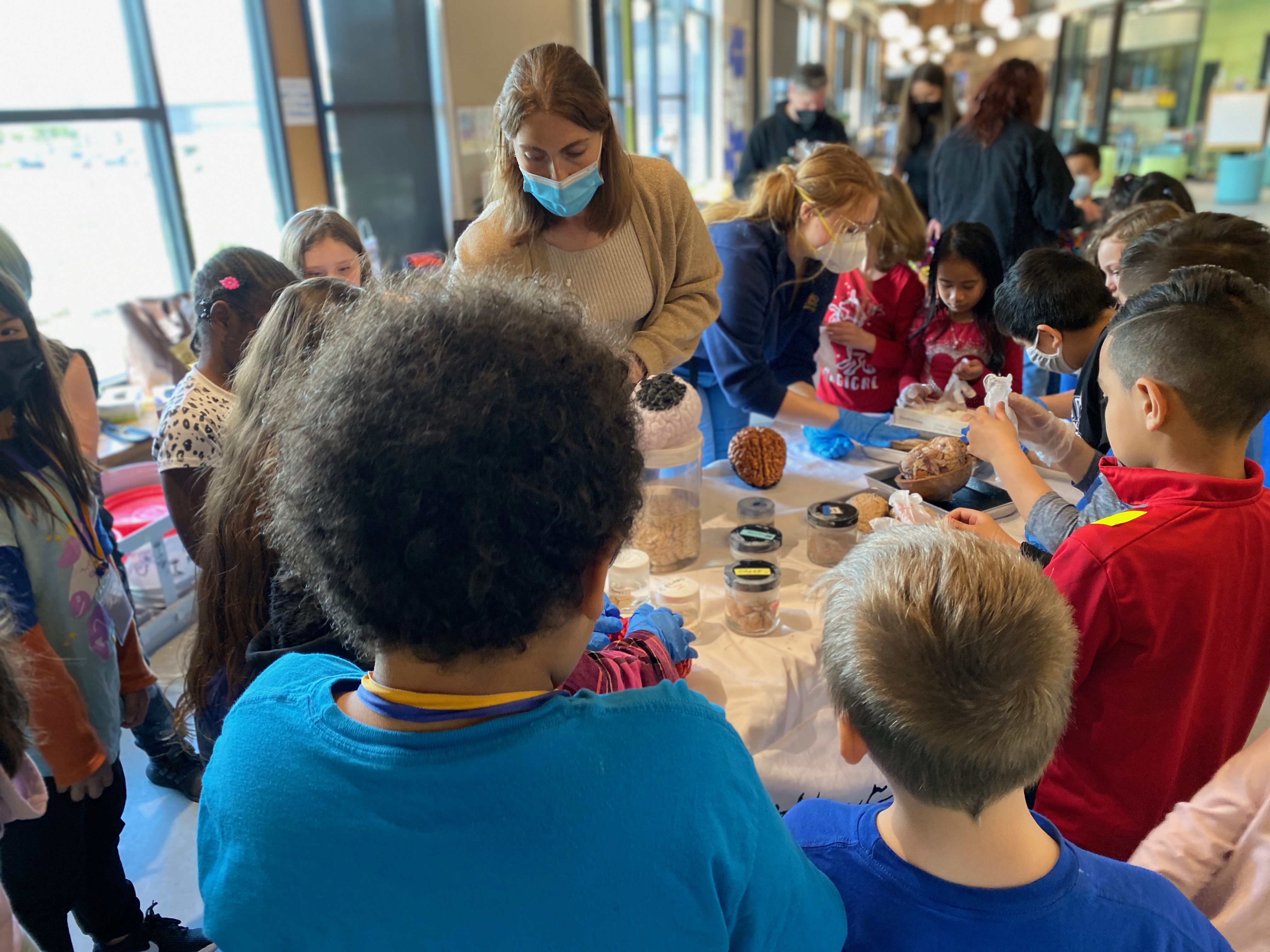Post by Lauren Kuiper, undergraduate in Psychology and Interdisciplinary Neuroscience at Portland State University.
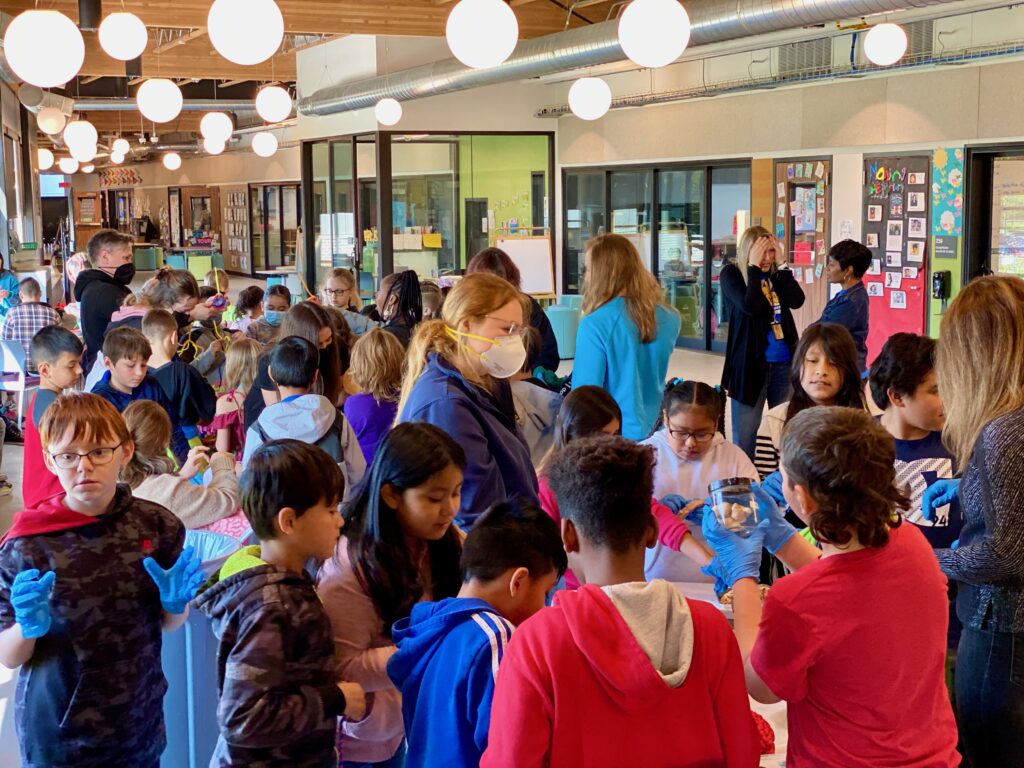
“The brain struggling to understand the brain is society trying to explain itself.”
— Colin Blakemore
The time we have spent in the classrooms at various elementary schools in the Portland and Vancouver area has been a fantastic experience. As a student of Psychology and Neuroscience at Portland State University, I have thoroughly enjoyed working with and learning alongside the students – all while discovering new passions and answering some highly intriguing questions.
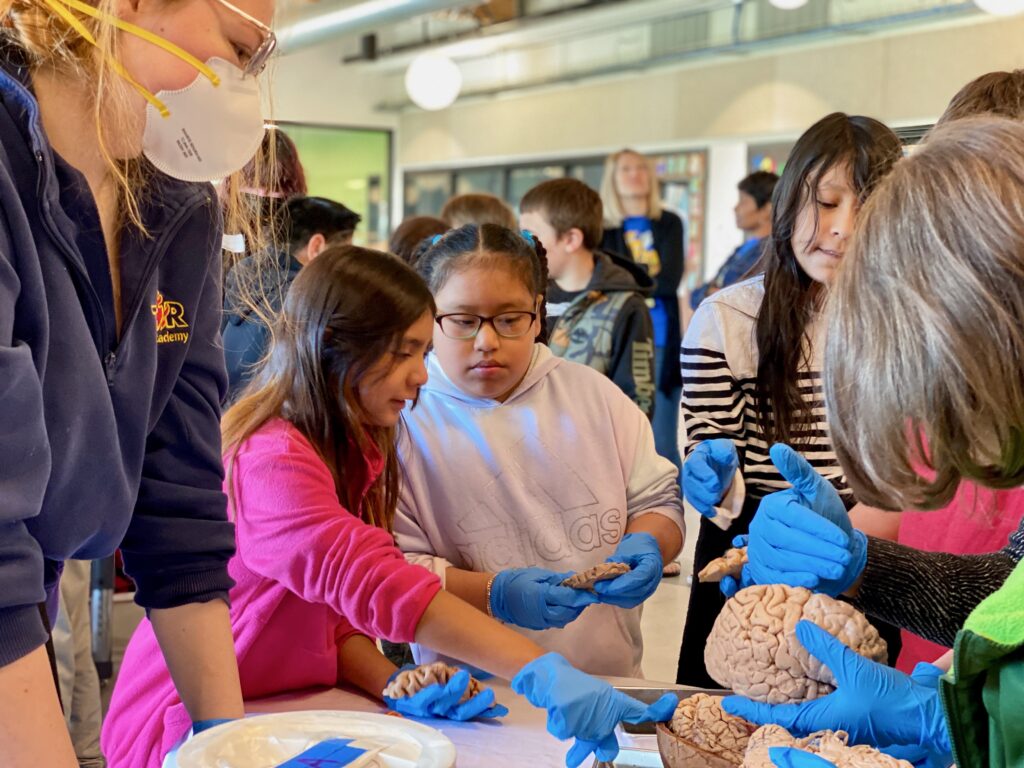
LEARN MORE: Noggin Bloggin!
The unique perspective brought by the students have inspired me to reignite my own curiosity for neuroscience and begin to expand my own knowledge through the many thought provoking questions posed by the students.
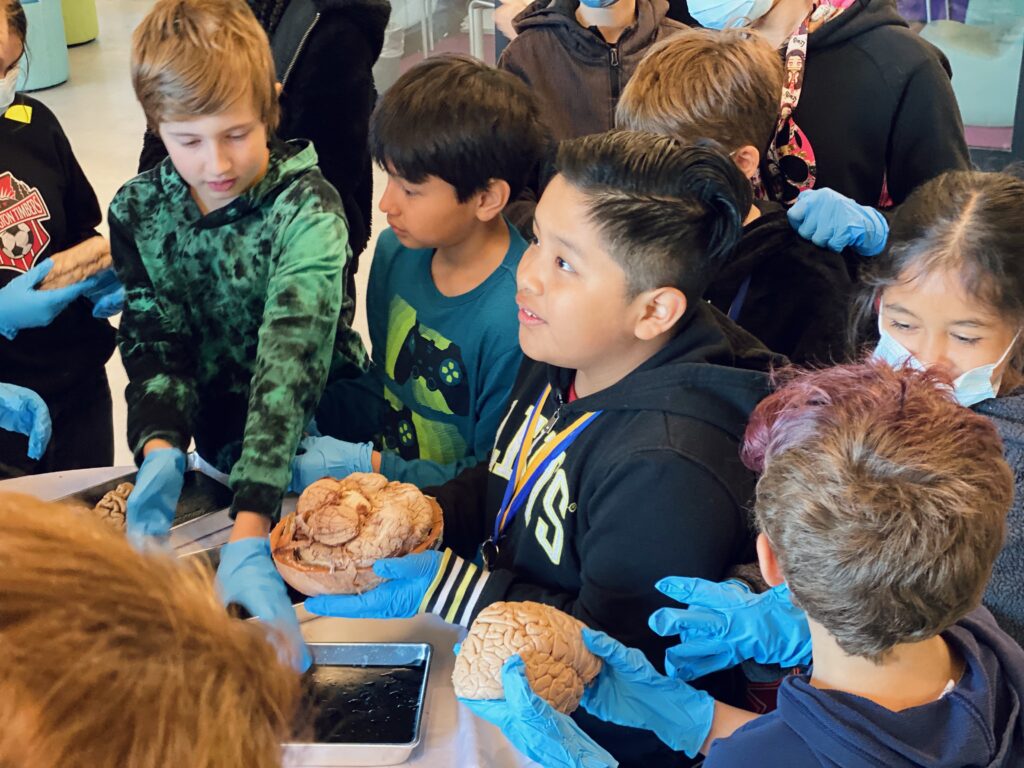
LEARN MORE: Enamored by Neuroscience!
LEARN MORE: Can a brain use all of the parts at once?
LEARN MORE: A crayon in Homer’s brain
LEARN MORE: Hands on Brains!
As I watched the students interact with one another and with the activities and brains provided, I couldn’t help but to make the comparison of the way our brain functions to the common structure and relationships present in the classroom.

As I watched the teachers corral and guide and direct the students, I thought about how they act like the brain’s frontal lobe. The frontal lobe is essential for social decision making, just like how the classroom teachers direct the students throughout activities and facilitate the class schedule.
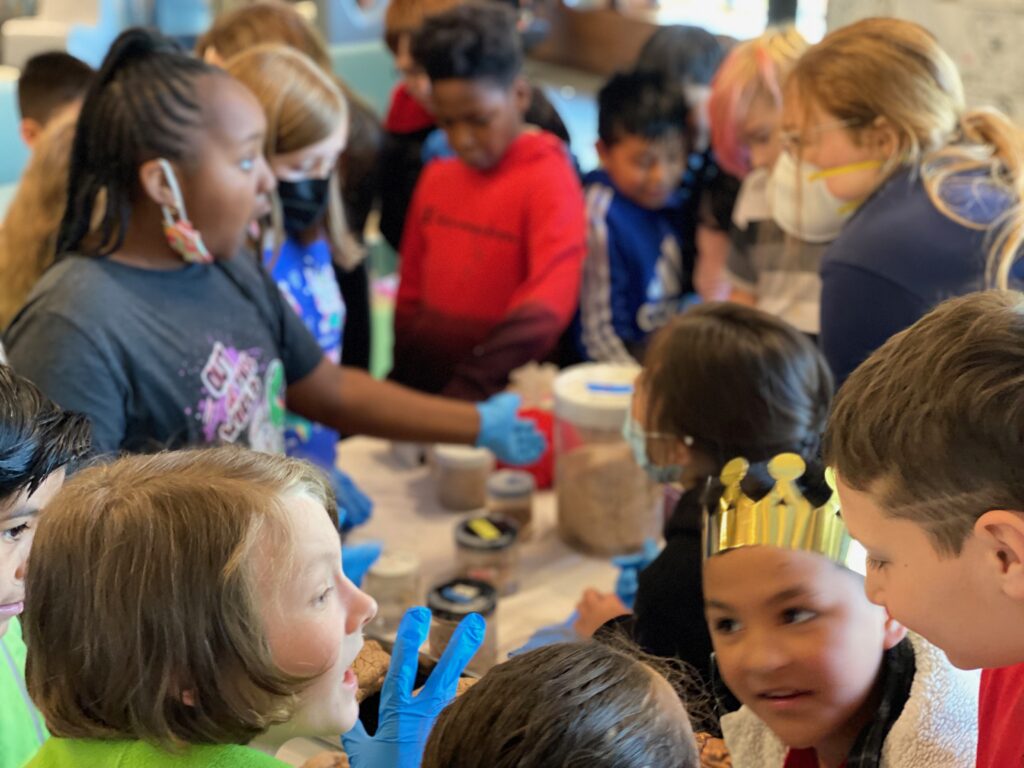
We use our frontal lobes for social decision making and motor planning as well as carrying out various “executive functions.” We can consider the frontal lobe to be our behavioral and emotional control center and a major contributor to our personalities. This integral component of our brain was displayed through the decision making and reactions of the students as they scurried from one activity to the next.
LEARN MORE: Flexing frontal lobes
LEARN MORE: The Functional Neuroanatomy of Decision Making
LEARN MORE: Prefrontal Cortex and Executive Functions in Healthy Adults
LEARN MORE: Franklin and Phineas Gage
When the students began touching the brains at our specimen station, I observed many different responses amongst the classes. Some students displayed responses of fear or disgust. Others laughed and appeared excited and intrigued and still others stood wide eyed in place taking small glances at the specimens before them. These reactions are strikingly similar to that of the fight, flight, or freeze response in the amygdala.

Although a few brain specimens might not be outwardly threatening to many, their responses can be attributed to a strong response by the amygdala and other components of the brain’s limbic system.
LEARN MORE: Your brain on preparedness
LEARN MORE: Facing the role of the amygdala in emotional information processing
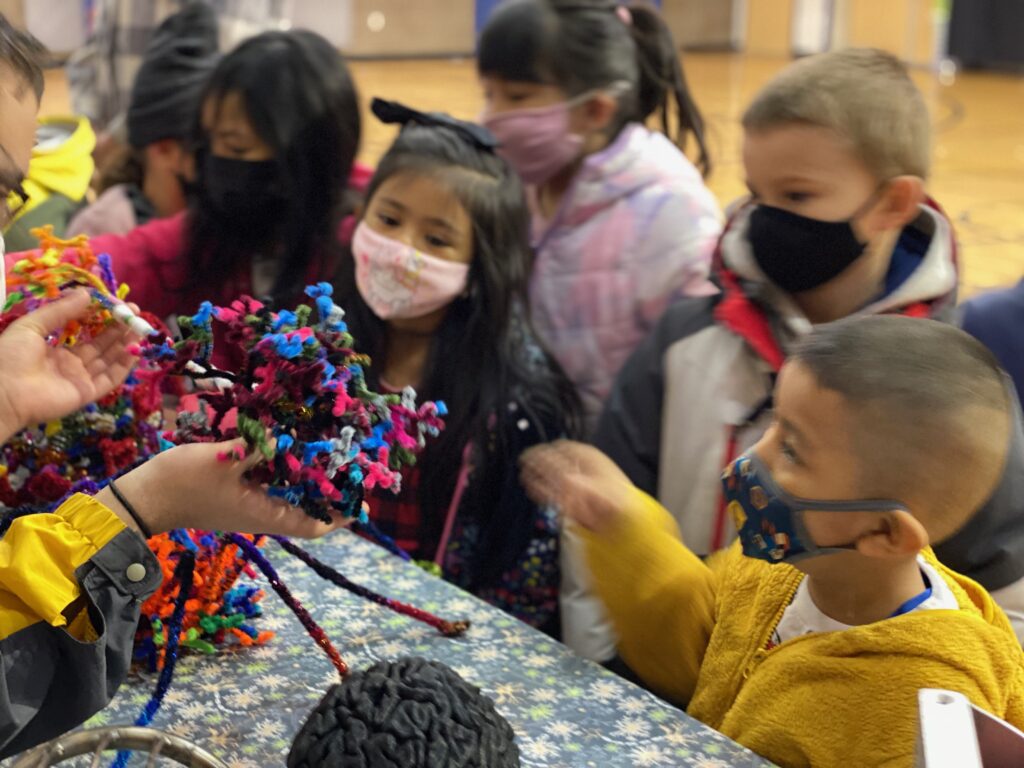
Another activity that was provided during the outreach visits was the opportunity to make pipe cleaner neurons. The students practiced using their cerebellum for motion and frontal lobe during learning and fine motor control. The subcortical basal ganglia also got its fair share of contribution time as these fine motor skills became more implicit.
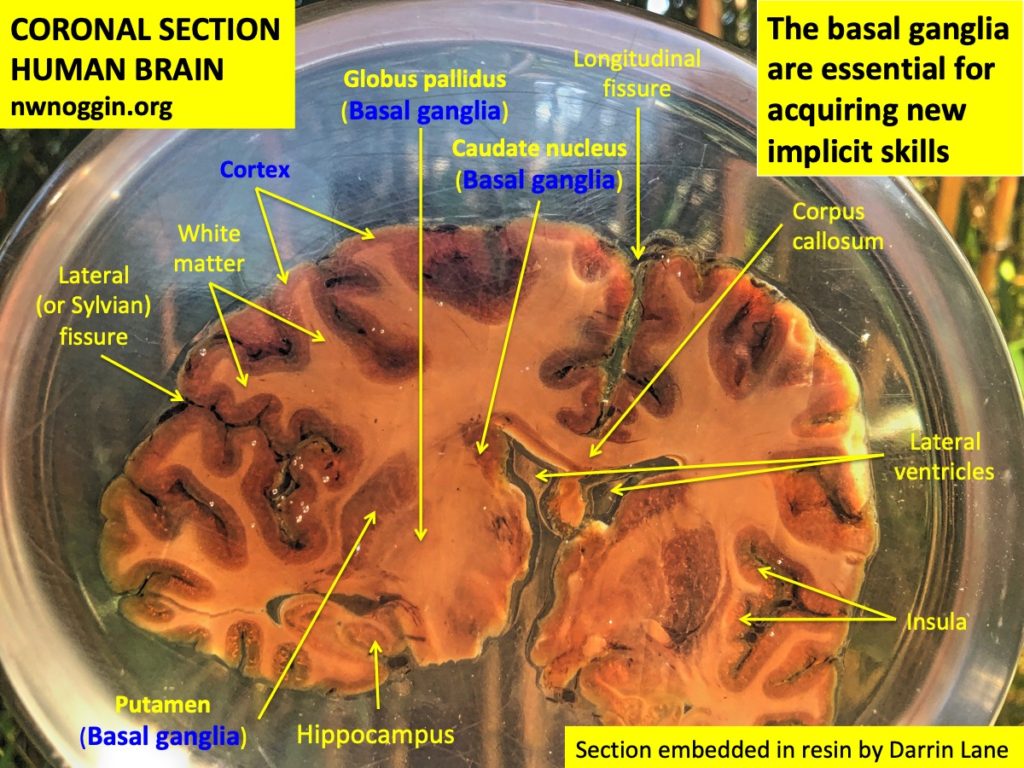
LEARN MORE: Make a Pipe Cleaner Neuron (& More!)
LEARN MORE: It’s Just Like Riding a Bike…Except It’s Not!
LEARN MORE: Basal ganglia @ Beaumont!
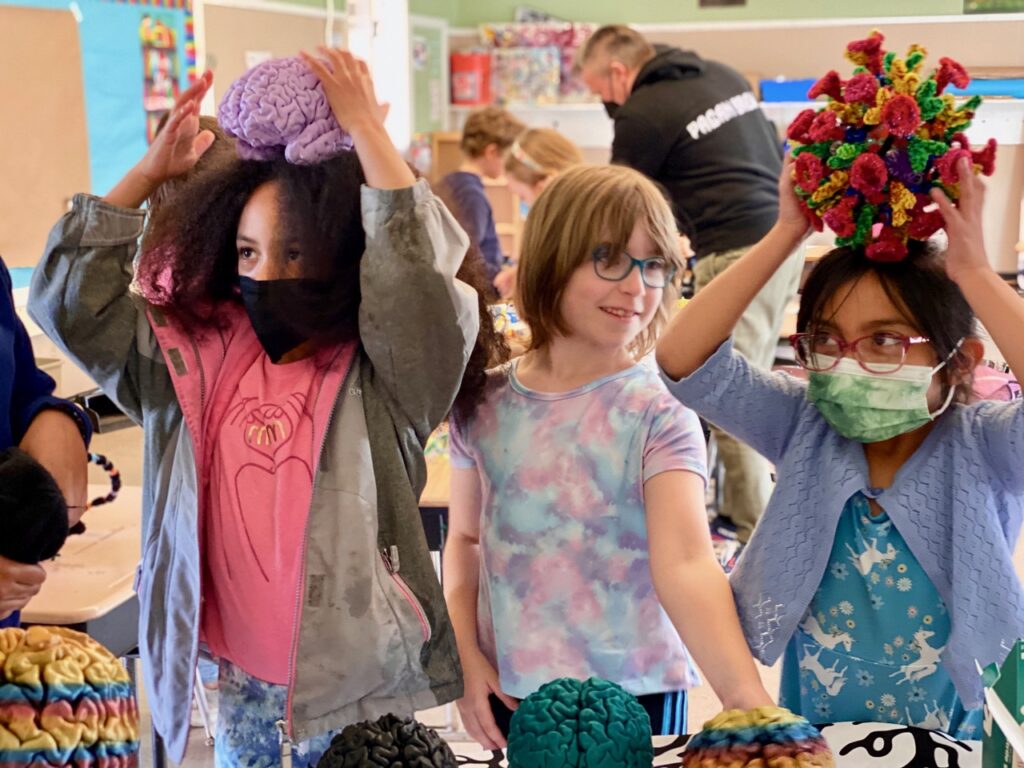
Lastly, the way students interact with each other, sharing their ideas, jokes and comments, building community and connections – reminds me of processes our own neurons go through when creating new neural pathways and synapses.
